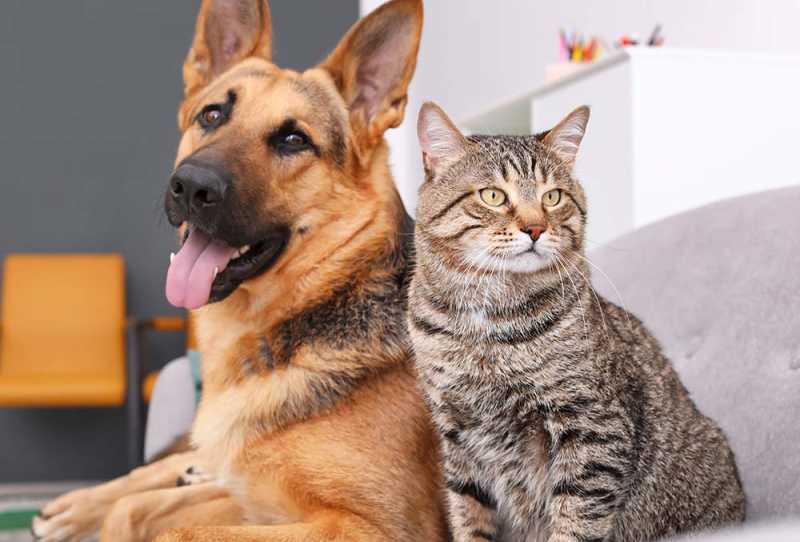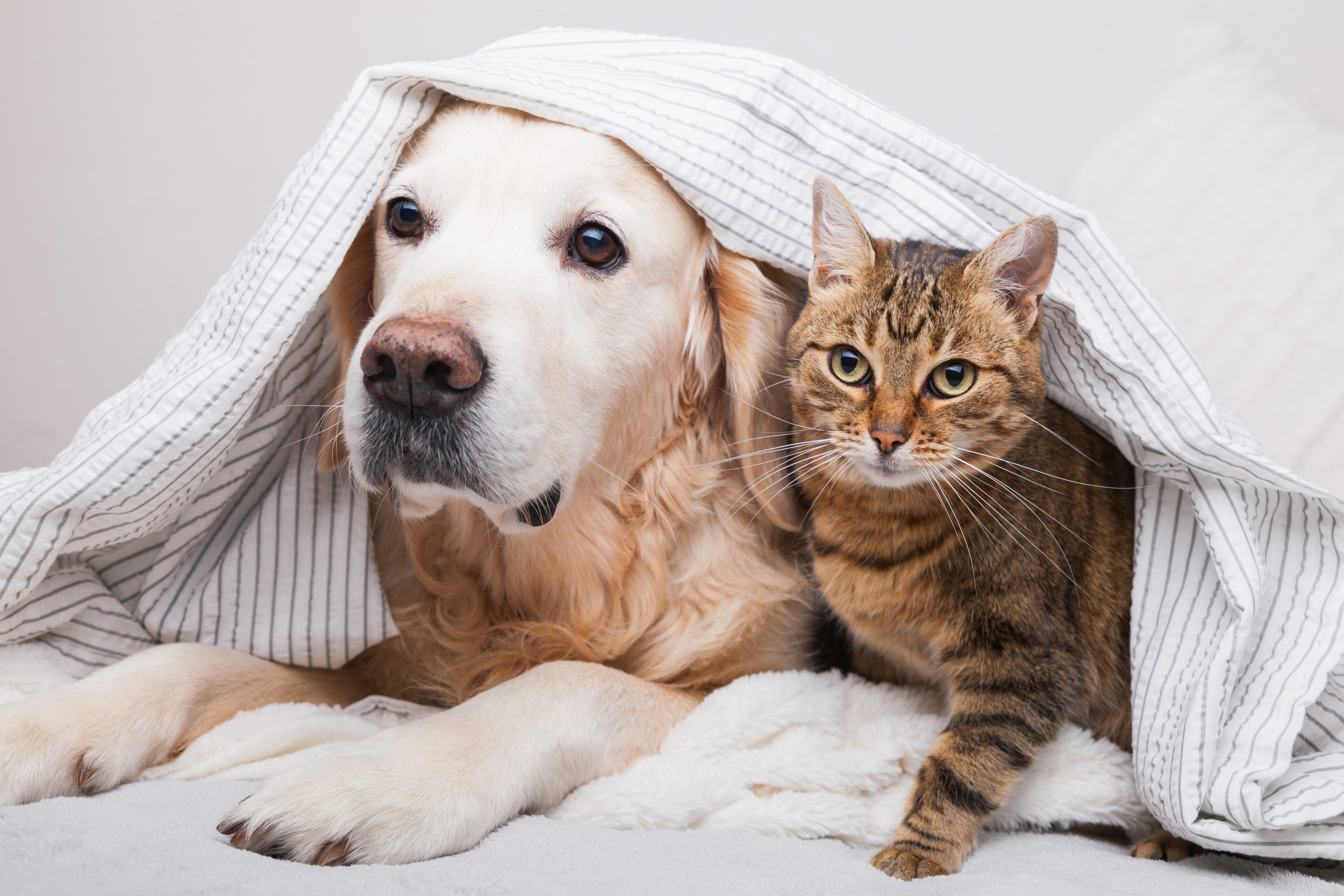Animals can experience time differently from humans due to differences in their sensory perception, brain processing speeds, and ecological needs. Here are the main reasons for these differences:

1. Differences in Neural Processing Speeds
- Temporal resolution of vision: Animals with faster neural processing speeds can perceive more information per second. This is often measured by the critical flicker fusion rate (the frequency at which a flickering light is perceived as continuous). For example, flies have much faster visual processing than humans, which allows them to see rapid movements and react quickly, while humans experience the same motion as a blur.
- Brain size and processing complexity: Smaller animals often have simpler but faster neural circuits, enabling them to process events more rapidly. Larger animals with more complex brains might process events more slowly but in greater detail.
2. Life Span and Metabolic Rates
- Shorter-lived animals often perceive time more slowly. For instance, a fly might experience events in what feels like “slow motion” compared to humans, as this gives it an evolutionary advantage for evading predators.
- Higher metabolic rates in smaller animals often correlate with faster experiences of time. Conversely, animals with slower metabolisms (e.g., elephants) might perceive time at a slower pace.
3. Sensory Priorities and Evolutionary Adaptations
Animals’ perception of time is shaped by their survival needs. For example:
- Predators: Need sharp, quick responses to capture prey.
- Prey species: Need heightened awareness and rapid processing to escape threats.
- Nocturnal species: Often rely on slower visual processing suited to low-light conditions, impacting their perception of time.
4. Differences in Attention and Focus
Humans have the ability to consciously manipulate their sense of time through attention, stress, or meditation. Animals, on the other hand, live more in the present moment, which can alter how time feels to them.
5. Lack of Abstract Time Awareness
Humans uniquely experience time in abstract terms, thinking about the past and future, and using tools like clocks. Most animals do not have this capability, meaning they experience time only in relation to immediate stimuli and survival needs.
Real-World Example: The Fly vs. Human Reaction
A fly dodging a human swat is a classic demonstration of time perception differences. The fly’s faster processing allows it to see and respond to the human hand long before it reaches its target, even though the movement seems instantaneous to us.
These differences illustrate how time is a relative concept shaped by physiology, ecology, and evolutionary history.











As pet lover I like it most